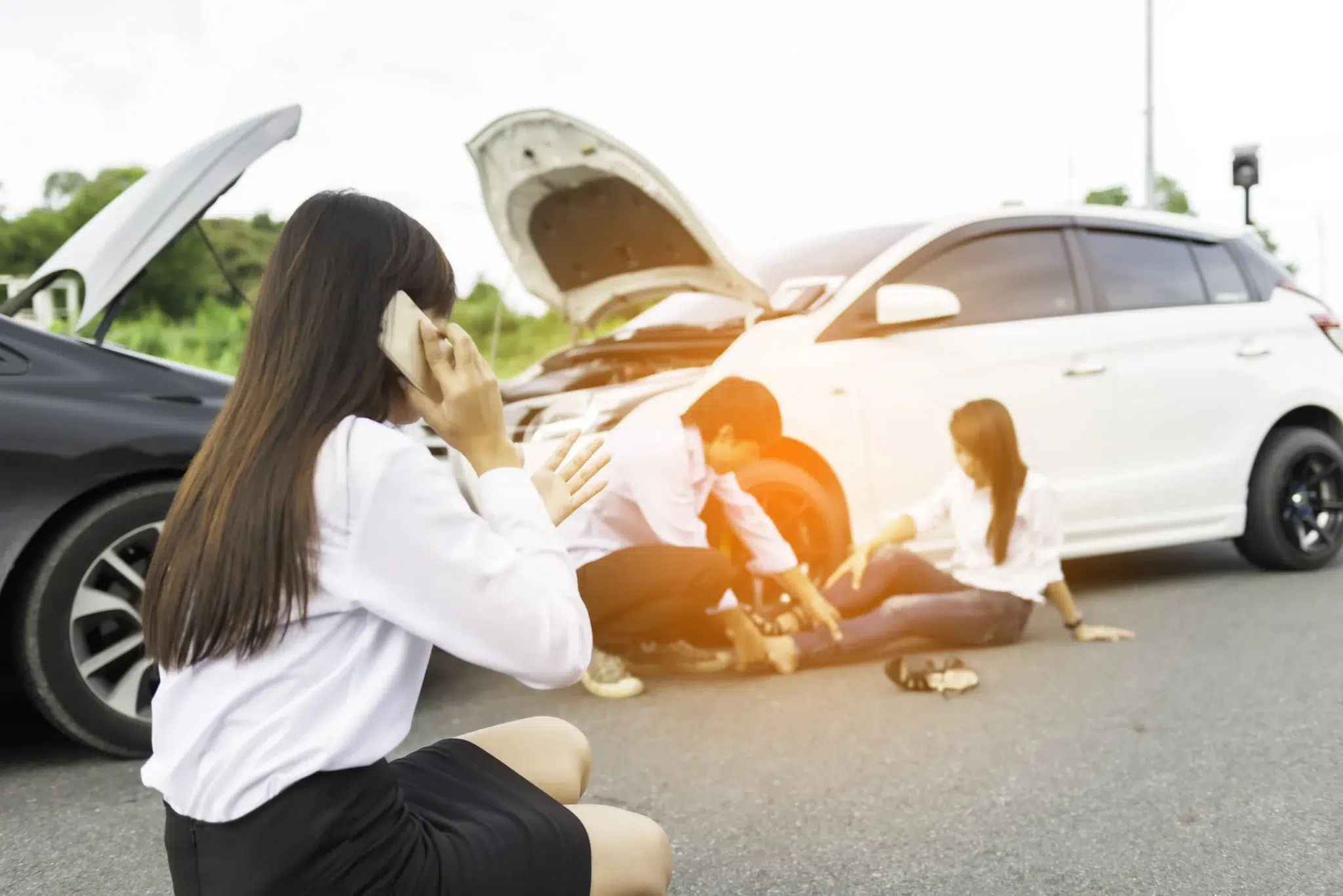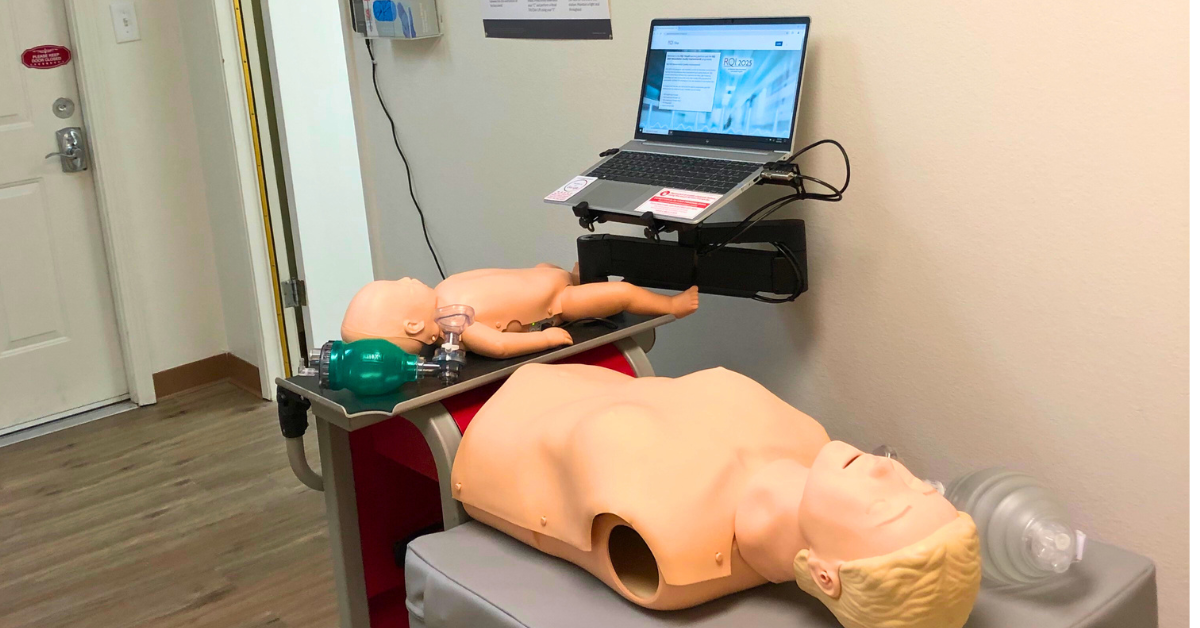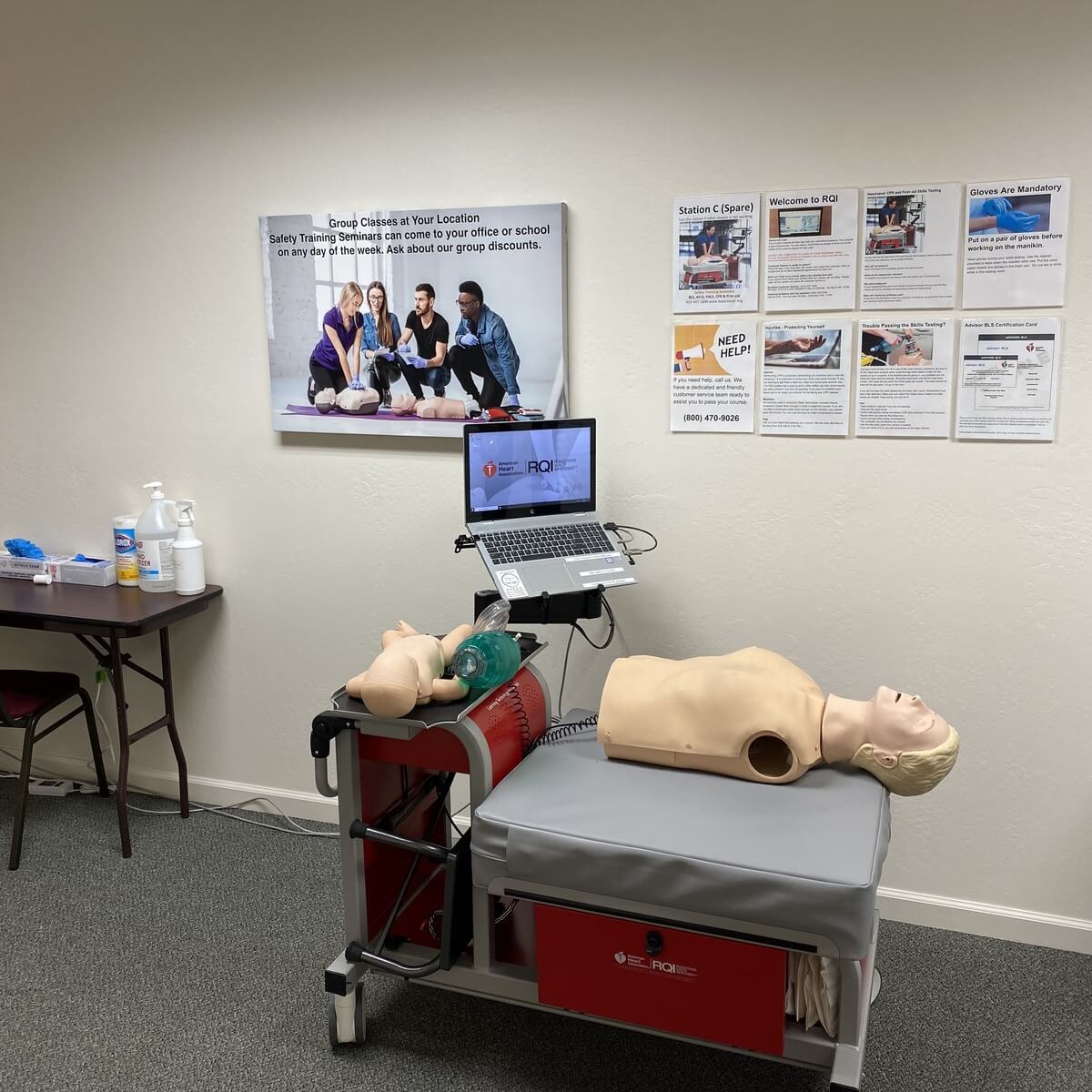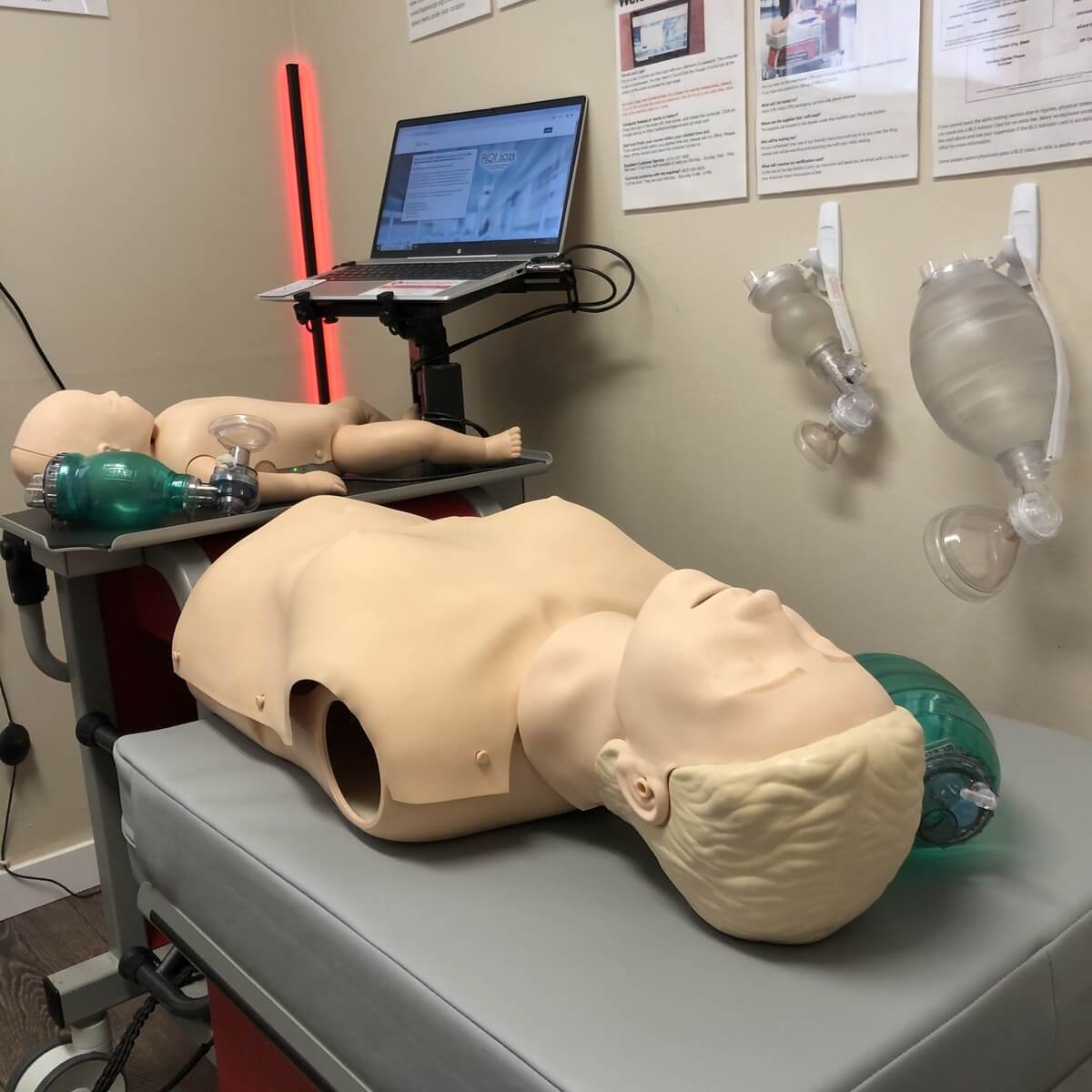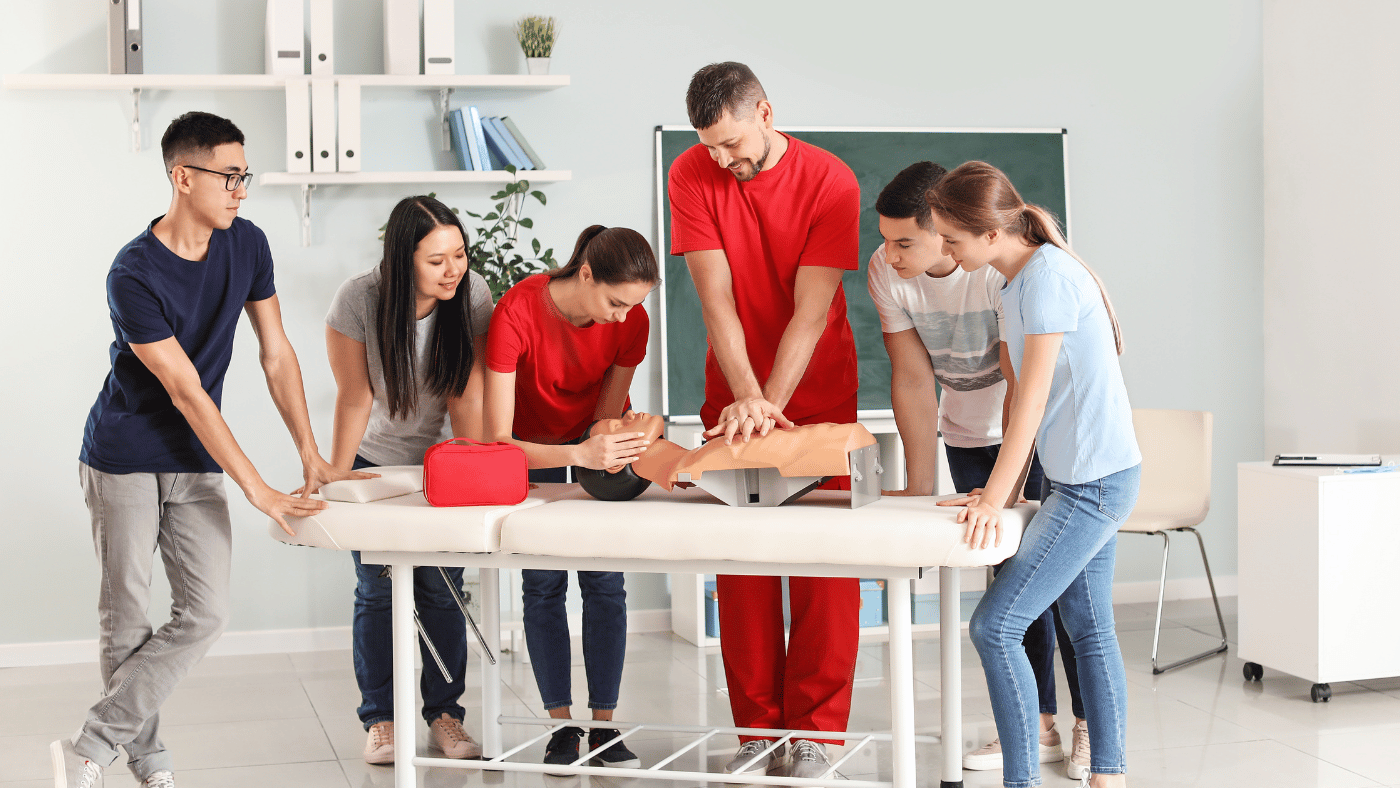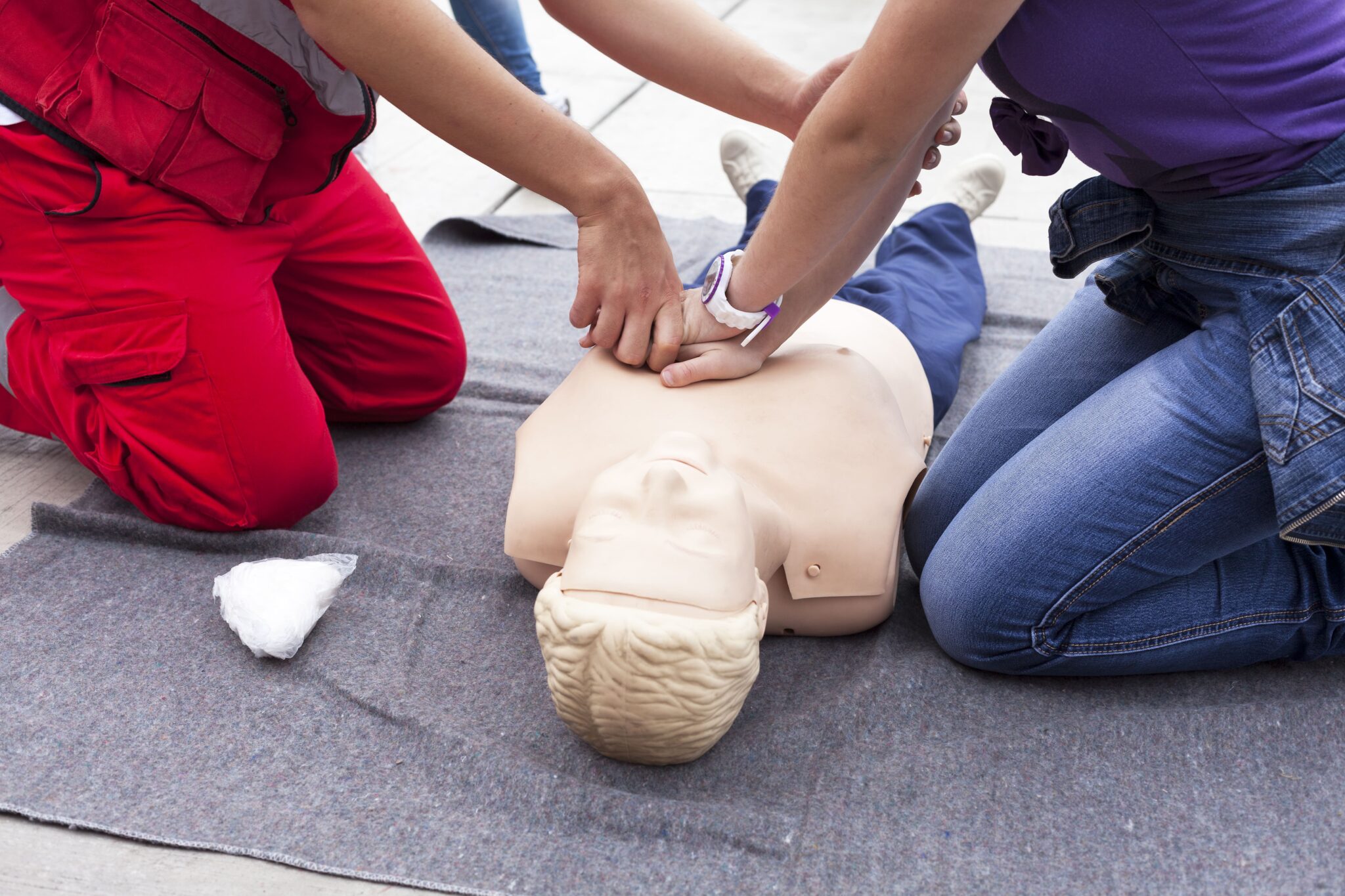When emergencies happen, every second counts. The ability to recognize life-threatening situations, perform high-quality CPR, and use an AED (automated external defibrillator) can make the difference between life and death. That’s where Basic Life Support (BLS) certification comes in.
What Is BLS Certification?
Basic Life Support (BLS) certification is a credential that demonstrates a person has been trained in essential life-saving techniques used in cardiac arrest, respiratory distress, and airway obstruction scenarios. BLS training is more advanced than standard CPR and focuses on providing care in pre-hospital and hospital environments, making it especially relevant for healthcare professionals.
The curriculum for BLS certification is developed by the American Heart Association (AHA) and includes instruction on:
- Recognizing life-threatening emergencies
- Performing high-quality chest compressions
- Delivering appropriate ventilations
- Using an AED effectively
- Working as part of a team in multi-rescuer situations
Who Needs BLS Certification?
While CPR knowledge is beneficial for anyone, BLS certification is specifically required for individuals who work in or around healthcare settings. Here are some of the key professions and individuals who typically need BLS certification:
1. Healthcare Providers
- Doctors, Nurses, and Paramedics: BLS certification is often a mandatory prerequisite for medical licensing, employment, and hospital credentials.
- Medical Assistants and Technicians: Individuals working in clinics or emergency departments often need BLS certification to ensure they can assist in life-saving measures.
2. Nursing and Medical Students
Many educational programs in the medical field require students to obtain BLS certification before they can begin clinical rotations. This ensures that students are prepared to respond to emergencies from the very beginning of their hands-on training.
3. Emergency Responders
- Firefighters, Police Officers, and EMTs: BLS skills are essential for first responders who are often the first on scene during a medical emergency.
4. Dental and Allied Health Professionals
- Dentists, Dental Hygienists, and Assistants: Since sedation and other procedures may impact a patient’s airway or circulation, BLS certification is often required in dental offices.
- Physical Therapists, Occupational Therapists, and Speech Pathologists: Depending on their setting, these professionals may also be required to hold a current BLS certification.
5. Childcare Providers and Educators
- Preschool Teachers and Daycare Providers: States and childcare licensing boards frequently mandate BLS training, particularly in facilities caring for infants and children.
- School Nurses and Coaches: Given the unpredictable nature of children’s health, these roles require readiness to respond to sudden emergencies.
6. Corporate Safety Teams and Workplace First Responders
Organizations that take workplace safety seriously often designate employees to receive BLS training, particularly in industrial or high-risk environments.
Why Is BLS Certification Important?
Cardiac arrest can strike anyone, anywhere, and at any time. Immediate action is vital, and trained responders dramatically improve survival rates. According to the AHA, effective bystander CPR can double or triple the chances of survival after cardiac arrest.
BLS-certified individuals bring critical value to any environment, whether it’s a hospital, classroom, dental office, or construction site. Knowing how to respond properly can save a life, reduce recovery time, and improve outcomes.
What to Expect in a BLS Course
If you’re considering BLS certification, it’s helpful to understand what the training involves. Here are the main components:
1. Hands-On Skills Practice
Participants get to practice real-world skills using manikins and AED trainers. This includes one-rescuer and two-rescuer CPR, bag-mask ventilation techniques, and team dynamics during resuscitation scenarios.
2. Instructional Videos and Guidelines
Courses follow the latest AHA guidelines and use video-based instruction to ensure consistency in teaching. This approach helps reinforce critical information visually and audibly.
3. Written and Skills Testing
To receive an official AHA BLS certification card, participants must pass a written exam and demonstrate proficiency in hands-on skills.
4. Course Duration
A typical BLS course lasts around 3 to 4 hours, depending on the instructor and class size. Renewal courses may take less time.
How to Get Certified: Step-by-Step
If you need BLS certification, the process is straightforward and convenient—especially when you work with an experienced AHA Training Center like Safety Training Seminars.
Step 1: Choose a Reputable AHA Training Center
Always ensure the course is taught by an AHA-authorized provider. Safety Training Seminars, a woman-owned AHA Training Center in Northern California, offers high-quality BLS classes that meet the latest standards.
Step 2: Register for a Class
Browse available BLS classes online and choose a date, time, and location that works for you. Safety Training Seminars offers flexible schedules and convenient locations throughout Northern California.
Step 3: Attend the Class and Complete the Requirements
Attend the in-person course or hybrid session (part online, part in-class) and complete both the written and practical components. AHA certification requires hands-on skill verification.
Step 4: Receive Your Certification Card
Upon successful completion, you’ll receive an official American Heart Association BLS certification card that is valid for two years. This card is widely recognized and accepted by employers, licensing boards, and schools.
Renewing Your BLS Certification
BLS certification must be renewed every two years. Safety Training Seminars offers renewal classes designed for individuals who have previously been certified. Keeping your certification current ensures that your knowledge and skills stay sharp and up-to-date with evolving AHA guidelines.
In-Person vs. Hybrid BLS Courses
Depending on your learning preferences and schedule, you can choose from different course formats:
- In-Person: Traditional classroom setting with hands-on training and live instruction.
- Blended Learning: Complete the cognitive portion online at your own pace and attend a short in-person skills session.
Safety Training Seminars supports both formats, giving students maximum flexibility without compromising the quality of instruction.
Why Choose Safety Training Seminars?
Safety Training Seminars is not just another training provider. Here’s what sets us apart:
- Woman-Owned Business: Locally owned and operated, with a strong commitment to community health and education.
- AHA Authorized Training Center: Offering legitimate, AHA-compliant courses that meet professional and regulatory standards.
- Prompt Customer Service: Available every day, including weekends, from 8 AM to 10 PM to answer questions, help with registration, and provide ongoing support.
- Convenient Locations: Multiple sites throughout Northern California, including San Francisco, San Jose, Oakland, Sacramento, and beyond.
- Comprehensive Training Options: In addition to BLS, we also offer ACLS, PALS, CPR, and First Aid classes.
What to Bring to Your BLS Class
Before heading to your BLS class, make sure you:
- Bring a valid photo ID
- Wear comfortable clothes (you’ll be practicing CPR on the floor)
- Bring any required course materials or confirmation emails
- Arrive a few minutes early to check in and settle in
Don’t Wait Until It’s Too Late
Emergencies don’t wait for convenient timing. Whether you’re a medical professional, student, or someone responsible for the safety of others, having a valid BLS certification gives you the skills and confidence to act when it matters most.
The process of getting certified is simple, the training is effective, and the result could be a saved life. There is no better time than now to become BLS certified.
Get Certified with Safety Training Seminars Today
If you’re ready to earn your BLS certification, trust Safety Training Seminars—Sacramento‘s leading American Heart Association Training Center. We are a woman-owned business committed to delivering professional, reliable training that empowers people to act in emergencies.
Upon completing your course, you’ll receive an official AHA BLS certification card that is valid for two years. With friendly customer support available daily from 8 AM to 10 PM and flexible class schedules across multiple locations, Safety Training Seminars makes it easy to get the training you need.
Browse class options and register. Be prepared. Get certified. Save lives.


